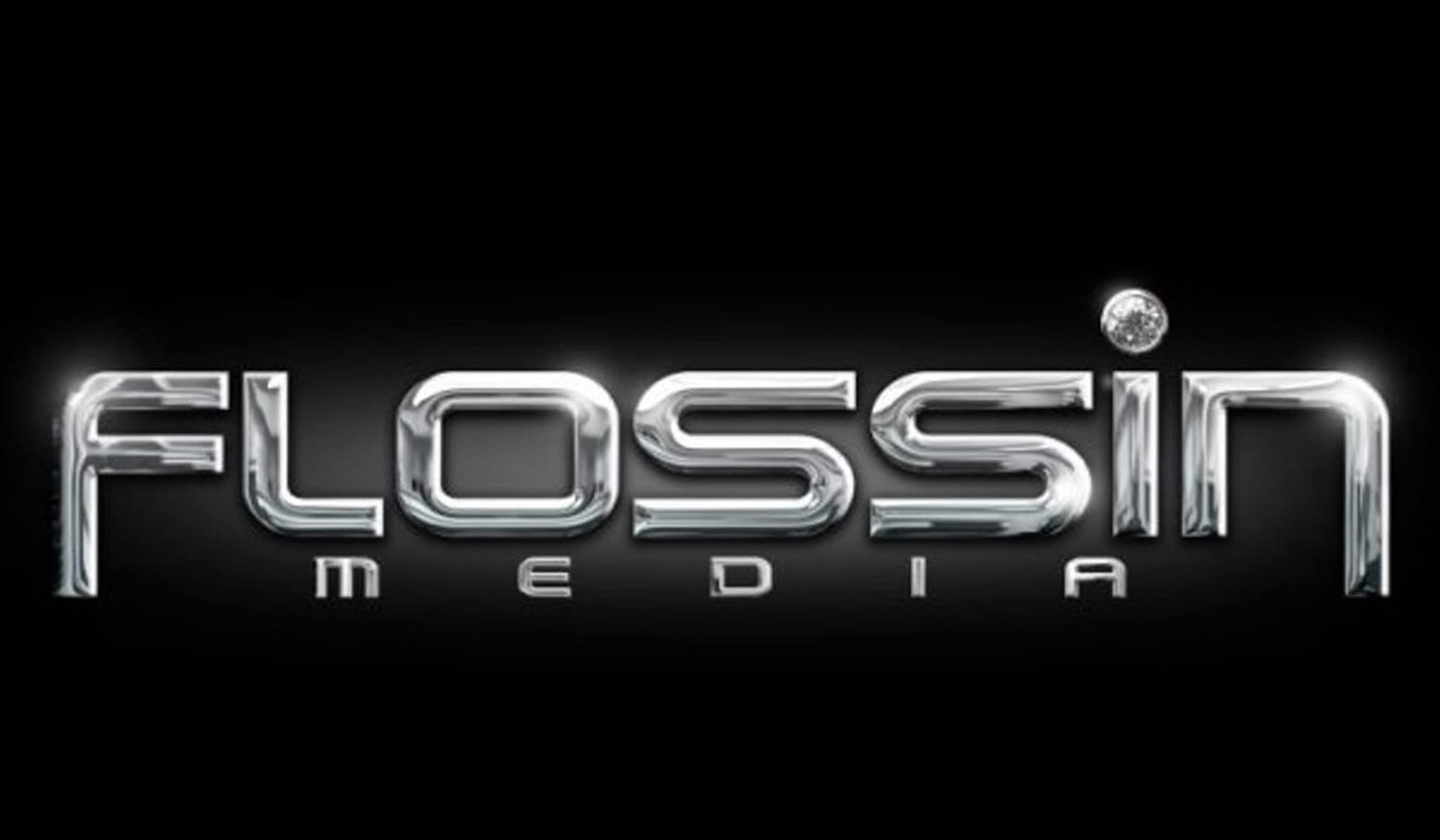COVID-19 Stimulus Package Breakdown
/The conversation has been taking place in regard to the Federal Government Coronavirus Stimulus Package. Curious about what all this means? Good, we are here to break it down for you. There is a large sum of money (stimulus package) that will be used in different ways to help combat the economic downfall due to COVID-19 outbreaks as well as aid in the healthcare of affected citizens. Where exactly will we see the money being spent?
1. Health Care Funds
a. $100 billion in direct aid to health care institutions on the front lines. This means hospitals, public entities, nonprofits, and Medicare/Medicaid suppliers and providers.
b. $16 billion will go to the Strategic National Stockpile which will gather supplies of pharmaceuticals, personal protective gear, and other medical supplies. These supplies will be distributed to state and local health facilities and hospitals.
c. $3.5 billion in advanced biomedical research to aid in the production of vaccines and treatments.
d. $250 million will go into expanding Hospital Preparedness Programs to support emergency preparedness. Included in this is the Special Pathogens Training and Education Center, as well as state and local special pathogens treatment facilities.
e. $1 billion for the Defense Production Act to aid domestic supply chains in increasing production of personal protective equipment and permit all agencies to purchase the equipment.
f. $4.3 billion to support ALL health agencies in preventing, preparing, and responding to the coronavirus.
g. $200 million to assist nursing homes in infection control.
2. Financial Assistance to Individuals and Aid to Impacted Businesses
a. Direct payment to individuals of $1,200 making up to $75,000, or $2,400 for couples making up to $150,000. The amount decreases for individuals making more than $75,000 and payments will be cut off for those making $99,000 or above.
b. $500 billion in loans for large industries including airlines, carriers, aviation contractors, and businesses critical to maintaining national security. A measure to this has made it so any company owned by President Trump or his family will not be able to receive these financial relief funds.
c. $562 million in Small Business Administration funds. These will be accessible loans for businesses in need of disaster relief to keep their doors open and their employees paid.
d. $600 per week expansion for maximum benefit unemployment. Laid-off workers will receive their full pay for four months.
3. General Disaster Relief
a. $45 billion to FEMA’s disaster relief fund.
$100 million Assistance to Firefighter Grants to provide personal protective equipment, supplies, and reimbursements.
$100 million for Emergency Management Performance Grants, which focus on emergency preparedness.
$200 million for the Emergency Food and Shelter Program, which provides shelter, food, and supportive services through local service organizations.
b. $260 million for Navy operations and upkeep.
c. USNS Hospital ships to New York and Los Angeles.
d. $1.5 billion for National Guard support.
4. Schooling, Housing, and Childcare Resources
a. $30.75 in grants for emergency support in local school systems and higher education institutions to continue to provide education to students and maintain functionality.
b. $3.5 billion for the Childcare Development Block Grant to support essential workers and medical workers with childcare during the pandemic.
c. $7 billion in affordable housing including homelessness assistance programs.
5. Utilities, Transit, Food, and Veterans
a. $900in low-income energy assistance programs to aid in the heating and cooling of living spaces.
b. $25 billion to keep essential public transportation lines open and running.
c. $15.85 billion for veterans’ services to treat those who test positive, accessibility to test kits, and personal protective equipment.
d. $590 million to protect vulnerable veterans, homeless veterans, and veterans in VA-run nursing homes.
e. $450 million to The Emergency Food Assistance Program to aid local food banks.
6. Support for Tribal Communities
a. $1.03 billion for Tribal health care systems response efforts.
b. $100 million for the USDA Food Distribution Program for American Indian Reservations.
c. $453 million for assisting tribes through the Bureau of Indian Affairs.
d. $69 million in aid for tribal schools, colleges, and universities through the Bureau of Indian Education.
e. $300 million to the HUD Indian Housing Block Grant.
7. Elections and Additional State Assistance
a. $400 million in election security grants to help prepare states for the 2020 election cycle and any changes that might occur due to the pandemic.
b. $425 million to increase access to mental health services.
c. $150 billion or states and local governments to address budget shortcomings related to COVID-19.







